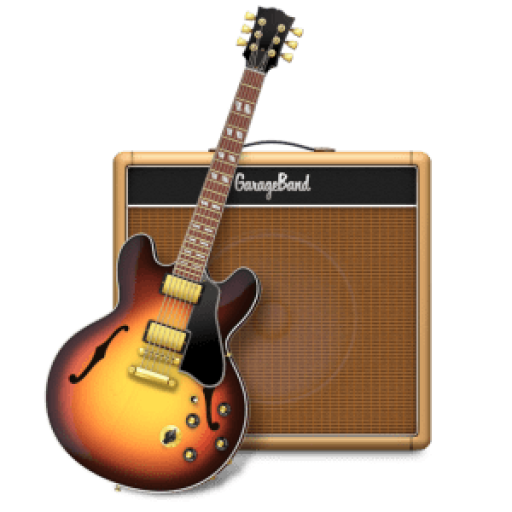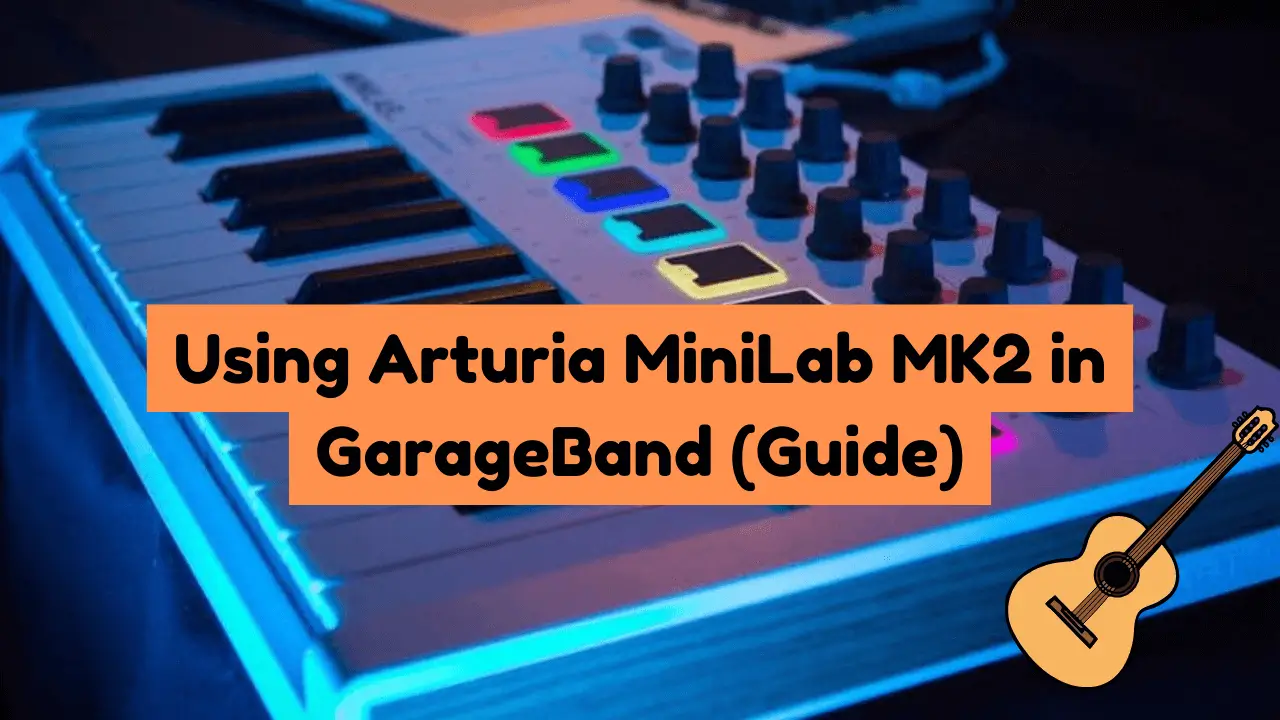For aspiring and seasoned music producers alike, the integration of the Arturia MiniLab Mk2 with GarageBand opens up a new realm of creative possibilities. The MiniLab Mk2 is not just a MIDI controller; it’s a gateway to exploring the depths of musical creation with its responsive pads, dynamic encoders, and seamless Analog Lab integration. This detailed guide will walk you through setting up and getting the most out of your MiniLab Mk2 in GarageBand.
Introduction to GarageBand and the Arturia MiniLab Mk2
GarageBand, Apple’s digital audio workstation (DAW), offers users a powerful platform for music production, accessible to beginners yet rich enough for professionals. When paired with the Arturia MiniLab Mk2, an already robust DAW becomes an immensely versatile music creation suite. The MiniLab Mk2 is renowned for its ease of use, portability, and the depth of control it offers over virtual instruments and parameters within GarageBand.
Setting Up Your MiniLab Mk2 in GarageBand
To begin, ensure your MiniLab Mk2 is connected to your Mac via USB before launching GarageBand. GarageBand should automatically recognize the controller. If it doesn’t, navigate to `GarageBand > Preferences > Audio/MIDI` and verify that your MiniLab Mk2 is listed under MIDI Devices.
Navigating the MiniLab Mk2 Interface
Familiarize yourself with the MiniLab Mk2’s layout:
1. Responsive Pads: Use these for drum programming or triggering samples.
2. Dynamic Encoders: These knobs dynamically map to different controls depending on the virtual instrument you’re using, offering real-time manipulation.
3. Analog Lab Integration: Access thousands of synth presets directly from the MiniLab Mk2, integrated seamlessly with GarageBand.
Using the MiniLab Mk2 for MIDI Control
In GarageBand, each track you create can be controlled by the MiniLab Mk2. Select the track and start exploring different sounds using the pads and keys. The dynamic encoders can be mapped to various parameters like volume, pan, or specific synth parameters, offering hands-on control for fine-tuning your sound.
Tips for Recording and Editing in GarageBand with the MiniLab Mk2
1. Quantization: After recording a MIDI performance, use GarageBand’s quantization feature to tighten up timings.
2. Layering Sounds: Record multiple takes with different presets to layer sounds for richer textures.
3. Automation: Use dynamic encoders to record automation for volume, effects parameters, and other modulations for dynamic changes in your tracks.
Utilizing Effects and Plugins with the MiniLab Mk2
Explore GarageBand’s vast library of effects and plugins, accessible through the Smart Controls area. Many parameters in these plugins can be mapped to the MiniLab Mk2’s encoders, allowing you to experiment with effects in real-time, significantly enhancing the dynamics and mood of your music.
Creative Ways to Use the MiniLab Mk2 for Music Production
1. Drum Programming: Use the pads to program drums. The responsive nature of the pads makes them ideal for capturing the feel of your beats.
2. Live Performance: Map the MiniLab Mk2’s pads and encoders for live performances, controlling different elements of your set on the fly.
3. Sound Design: With the comprehensive control over synthesizers and effects, use the MiniLab Mk2 to craft unique sounds, textures, and atmospheres for your tracks.
FAQs
Q: Can I use the MiniLab Mk2 with other DAWs?
A: Yes, the MiniLab Mk2 is compatible with most major DAWs, offering the same deep control integration.
Q: How do I map the dynamic encoders to parameters in GarageBand?
A: Control-click (or right-click) on the parameter in GarageBand, choose “Learn MIDI CC# Automation,” then move the encoder you wish to map.
Q: Do I need special software to integrate the Analog Lab with GarageBand?
A: No special software is needed for basic integration, but installing Arturia’s MIDI Control Center software allows for deeper customization of the MiniLab Mk2’s controls.

